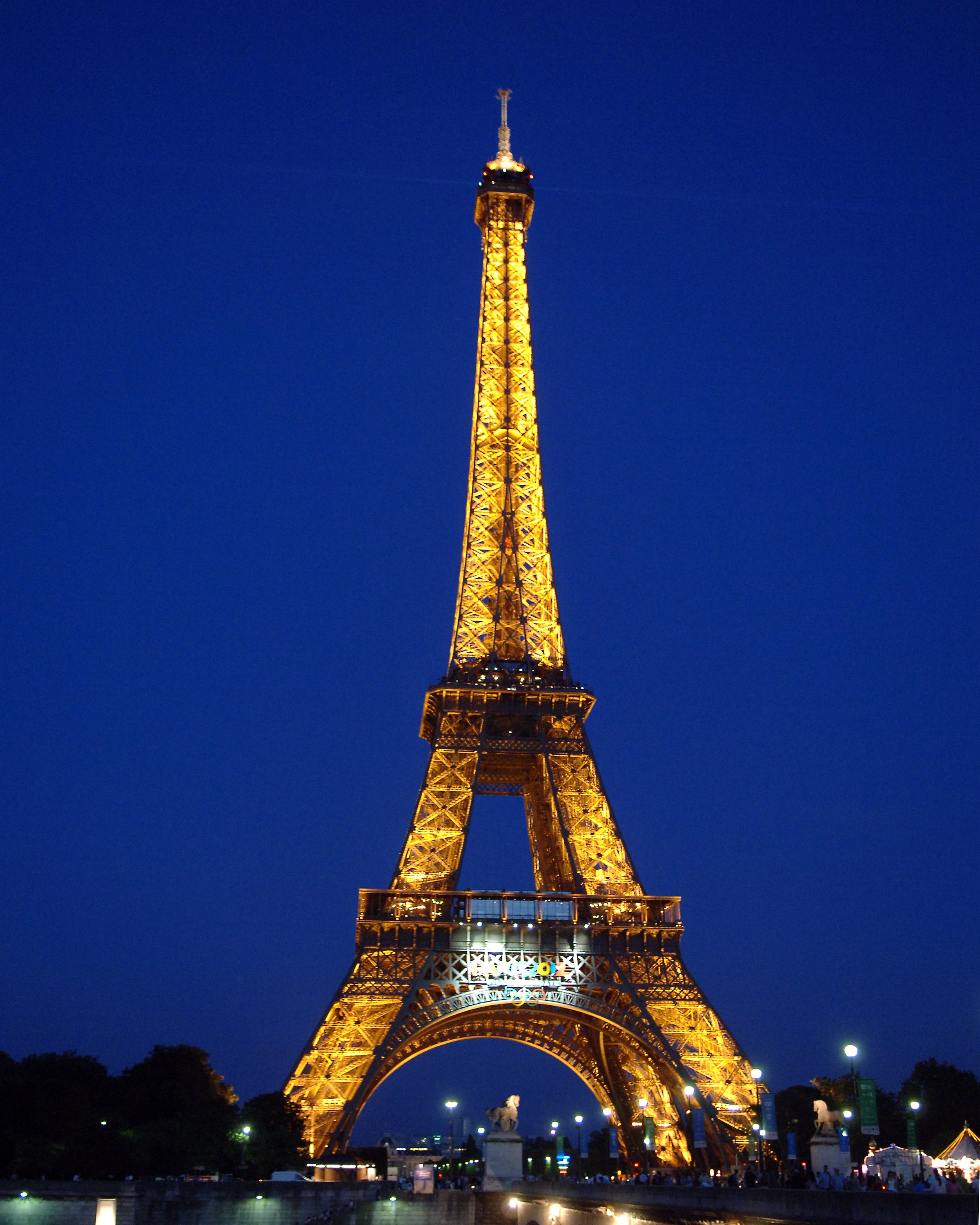
Fehmarnbelt Tunnel, connecting Denmark and Germany, will be an important advance in transport. In fact, it will set world records. Dual highways, both offering two lanes, as well as two electric rail lines, will transit a tube snaking beneath one of the world’s major shipping lanes. It will become the world’s longest immersed tunnel, and take first place for global rail and road tunnel length. Fehmarnbelt will be constructed by piecing together concrete tube sections prefabricated on land (Solomon’s Temple was one of the earliest uses of prefab technology). The factory where the sections are produced is purpose-built and the biggest tunnel-making facility in history: it is the size of 300 soccer fields. With six reduction lines busy 24/7, turning out one section every nine weeks, it is manufacturing on a macro scale.

Each tube section is the weight of 10 Eiffel Towers. Tube sections are pre-fitted with sensors, communication devices, and all manner of monitoring equipment (the Alaska Pipeline was similarly pre-equipped with sensors called “smart pigs”) to give updates on safety status during immersion and then during actual operation. Once complete, tube sections will be deposited onto the sea floor, buckled together, and then the whole tube will be buried. Fehmarnbelt’s water seals are designed to stay tight for 120 years: smart sensors will keep watch.
Tunnels reduce travel time. The present journey from Hamburg, Germany to Copenhagen, Denmark takes five hours by train: Fehmarnbelt Tunnel will cut that in half. While many environmentalists recommend train trial or air or vehicle, dredging the seabed for the tunnel has prompted protests, court hearings, and applications for halting the project. But Femern A/S declared plans to mitigate environmental impacts by using dredged seabed material to build new reclaimed land with marshes, meadows, and wetlands.

Comparisons to the Channel Tunnel are attracting interest. One of the world’s most successful macro projects, the Chunnel (a term coined by Frank P. Davidson often called the “Father of the Channel Tunnel”) was dug through solid land, and stretches 31 miles (50 kilometers).
Tunnels like the Mount Blanc, or the Seikan that is part of Shinkansen, bring new kinds of connection, encouraging communication and trading partners. Gotthard Base Tunnel (presently the world’s longest) and Songshan Lake Tunnel may soon be joined by the Sichuan-Tibet railway and the Naples-Foggia railway.

Moving transport underground has noted environmental benefits as well as cultural opportunities; when Boston, Massachusetts, US placed its Central Artery underground, a greenway extension of Olmsted’s “Emerald Necklace” encircling the city, was fashioned atop that now hosts gardens, art installations, a carousel, highly-acclaimed food trucks, and dance parties in lighted fountains.

Brooke, K. Lusk and Zoe G. Quinn. “Channel Tunnel” Building the World Blog. https://blogs.umb.edu/buildingtheworld/tunnels/channel-tunnel-england-and-france/
Davidson, Frank P. and K. Lusk Brooke. “The Channel Tunnel” Chapter 39, pages 761-804, Volume II. Building the World (Westport: Greenwood, 2006). ISBN: 9780313333743.
Femern. https://femern.com
Knight, Matthew. “A vast undersea tunnel is being built that will change the road and rail map of Europe.” 12 March 2025. CNN. https://www.cnn.com/travel/fehmarnbelt-tunnel-germany-denmark-europe
Building the World Blog by Kathleen Lusk Brooke and Zoe G. Quinn is licensed under a Creative Commons Attribution-NonCommercial-NoDerivs 3.0 U
